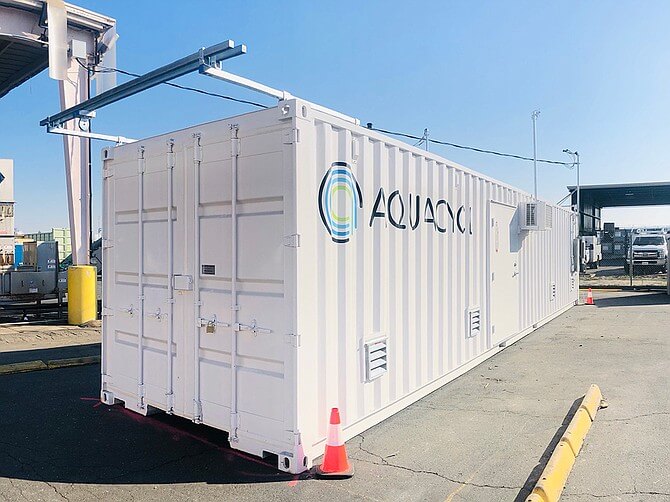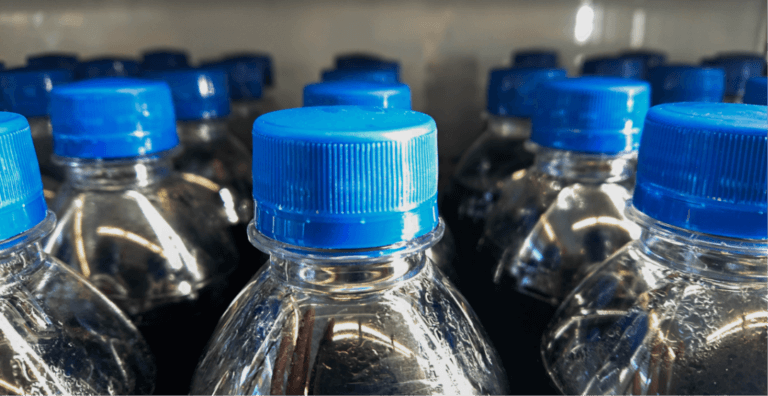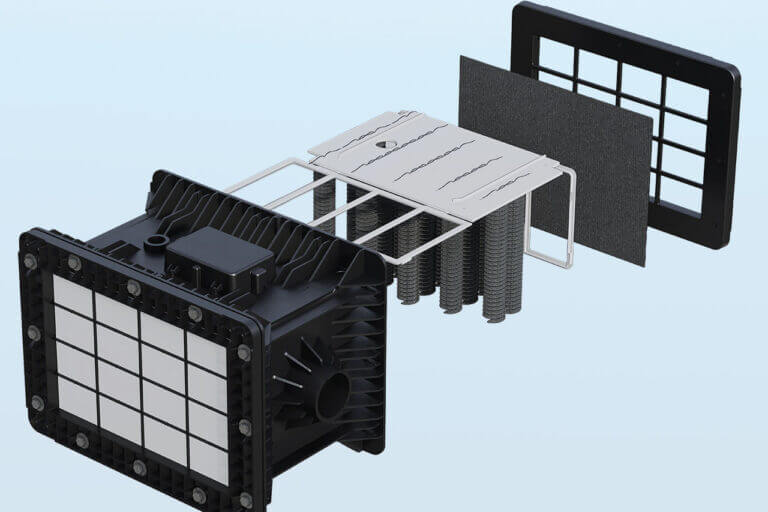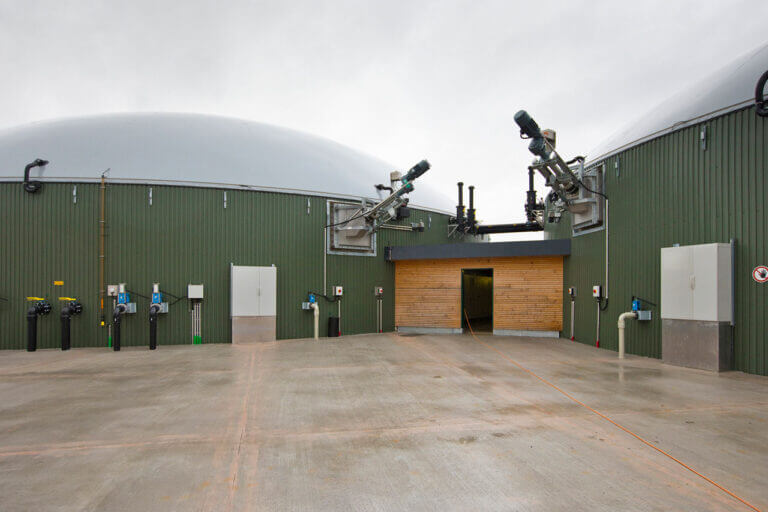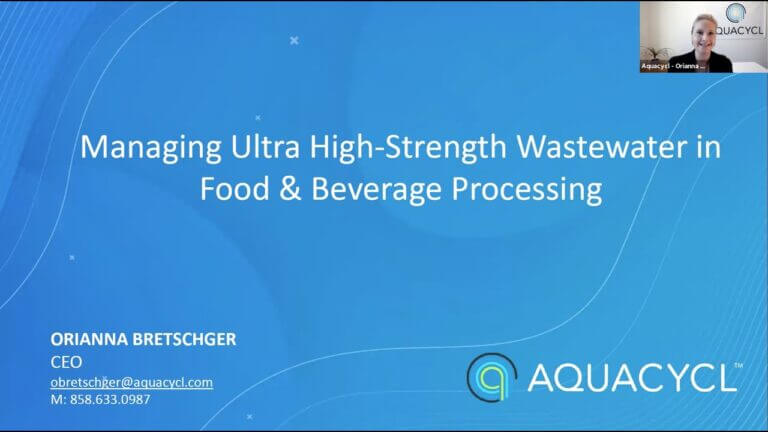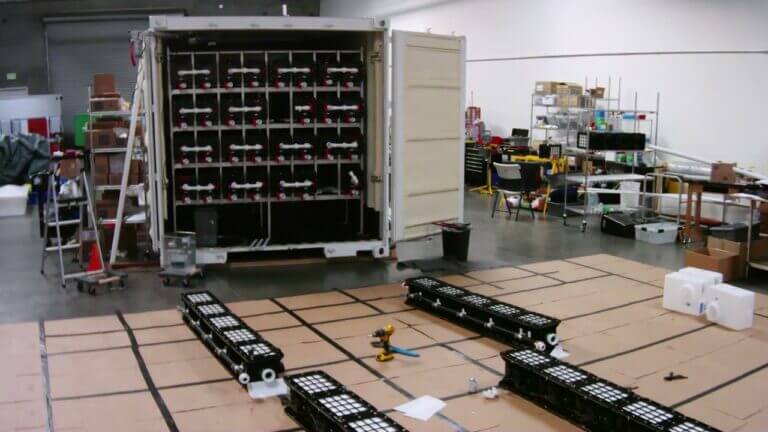Wastewater management is a necessity for any industrial facility. After all, no matter what industry you’re in, you need water to operate and knowing how to properly manage it is critical to ensure long-term operations. Yet, despite the critical importance, we have seen many companies fall into the same mistakes of wastewater management, which puts their business at risk.
Let’s go through the top 6 most common mistakes in wastewater management we’ve encountered and how to fix them so you can minimize risks in your operations.
Top 6 Common Mistakes in Wastewater Management
1) Not Knowing Your Water
Water is used for cleaning, production processes and facility operations. The amount of water discharged from each type of use case, and levels of pollution resulting from each use case, will be unique. However, volumes and pollution levels are not typically monitored independently (or at all), and most facilities send a majority of water to the same collection point, no matter the type of water use. Further, the level of pollution of the blended wastewater is also not typically monitored in real time. This comes from the outdated adage of ‘the solution to pollution is dilution’. However, this is an extremely inefficient and costly approach to water management now that conservation and water reuse are becoming necessary to alleviate business risk and reduce operational costs.
Best practices in water management start with knowledge about what processes are contributing the highest pollution levels to your discharge. A multitude of different sensors and real-time data collection devices are now available on the market and are cost-effective and simple to integrate. Understanding real-time flow rates and pollution levels resulting from the different processes in your facility is the critical first step to making informed decisions about best management practices. Here’s a guide on key things to know when monitoring wastewater to get you started.
2) Inadequate Pretreatment
Discharging industrial water to the sewer without pretreatment may be a big mistake depending on what your utility will accept. Proper pretreatment acts as the first line of defense to remove pollutants in industrial wastewater. By neutralizing the pH and eliminating large solids, oils, and other contaminants upfront, pretreatment ensures that downstream treatment processes can operate effectively and efficiently. This not only saves you money and energy but also minimizes the risk of non-compliance with your permits.
Adequate pretreatment is tailored to your wastewater’s unique pollutants. For instance, if your wastewater contains a high concentration of solids, a screening system or separation step becomes necessary to remove them. If your wastewater contains oils or grease, employing a skimming or filtration can remove these contaminants. Additionally, neutralizing the pH of industrial wastewater is the most common pre-treatment.
3) Neglecting Maintenance
Just like any equipment at your production facility, maintaining a regular maintenance schedule for onsite wastewater treatment systems is crucial to prevent equipment failures and ensure consistent performance. If your treatment system fails for any reason, it could halt wastewater treatment operations, causing production shutdowns. Inefficient systems can result in extra expenses for chemicals, fines for non-compliance, increased energy bills, and increased carbon emissions.
To avoid this, it’s essential to understand the necessary maintenance tasks for your onsite system and diligently address them. Hiring experienced professionals and completing periodic assessments of your system will help you determine the specific maintenance needs of your system. Does your system require monthly sludge removal, chemical replacements, or a complete overhaul every few years? Keeping a maintenance schedule, and sticking to it, will ensure you don’t suddenly get left without treatment.
4) Treating the Full Flow
You don’t throw all your trash into the same bin, so why is it common practice to treat your full flow of wastewater together? This is a mistake we see so commonly in industrial facilities; which causes significant costs, energy requirements, and inefficiencies from treating the full flow.
Different wastewater streams possess unique compositions. Combining them into a single stream only complicates the treatment process and wastes resources. Since these streams are generated from different parts of your production process, it’s often very simple to employ flow segregation. In this process, you can address the most polluted waste streams independently (as smaller volumes) before combining it with the full flow for discharge or secondary treatment. Here’s a great guide on how you can implement flow segregation in your operations to avoid this mistake.
5) Not Planning for Growth
One often overlooked aspect of industrial operations is the impact of growth on wastewater management. As production levels fluctuate, companies may find that wastewater becomes a limiting factor in their expansion plans. This applies whether you’re discharging wastewater to sewer, trucking it for offsite treatment, or treating it on-site. Changes in volume and pollutant levels can significantly impact sewage bills and often require updated permits to maintain compliance. Hauling companies may struggle to accommodate increased volumes and onsite treatment systems that were not sized to accommodate growth will also suffer with operational efficiency.
So how do you avoid wastewater limiting your growth plans? Plan ahead. When making decisions about wastewater management, it’s essential to consider not only your current effluent but also how it might evolve in the future. By anticipating future needs, you can prepare to submit necessary permits, budget for potential increases in wastewater management costs and select the most suitable treatment method(s) for your requirements. Opting for on-site treatment solutions like the BETT® system, designed to accommodate growth, ensures that your expansion efforts are never limited by wastewater.
6) Sticking to Business as Usual
The final mistake to avoid in industrial wastewater management is simply sticking to business as usual. We often become complacent to a “if it’s working, why fix it” mentality, but this approach can lead to significant risks when it comes to wastewater. The primary reason for this is that regulations are constantly changing, so while your wastewater may be compliant today, it doesn’t guarantee compliance tomorrow. Moreover, even if your treatment system appears to be functioning, it doesn’t necessarily mean it’s efficient, and there could be opportunities to minimize costs for chemicals, energy, emissions, and so forth.
Instead, consider striving to go beyond compliance. Stay up to date with innovations in the wastewater world and explore new avenues to enhance efficiency in your wastewater management practices. This proactive approach not only saves costs and improves your bottom line but also ensures compliance amidst evolving regulations, aids in achieving sustainability objectives, and enables circularity through water reuse.
Offloading the Management Burden
There’s a lot to keep in mind when managing water. While the mistakes mentioned here are common, they hardly scratch the surface of potential pitfalls. To steer clear of these common mistakes in wastewater management, consider wastewater treatment as a service.
Aquacycl is your partner in water management. Through our wastewater treatment service, we ensure that you avoid these mistakes altogether. With comprehensive maintenance services, 24/7 remote monitoring and control, and a team of wastewater experts well-versed in regulations, you receive top-of-the-line wastewater management. Offload the burden of wastewater management to us so you can focus on your core business.
Want to see how your current management practices stack up? Take our wastewater management assessment and receive custom resources to help you improve: https://aquacycl.com/wastewater-assessment/




